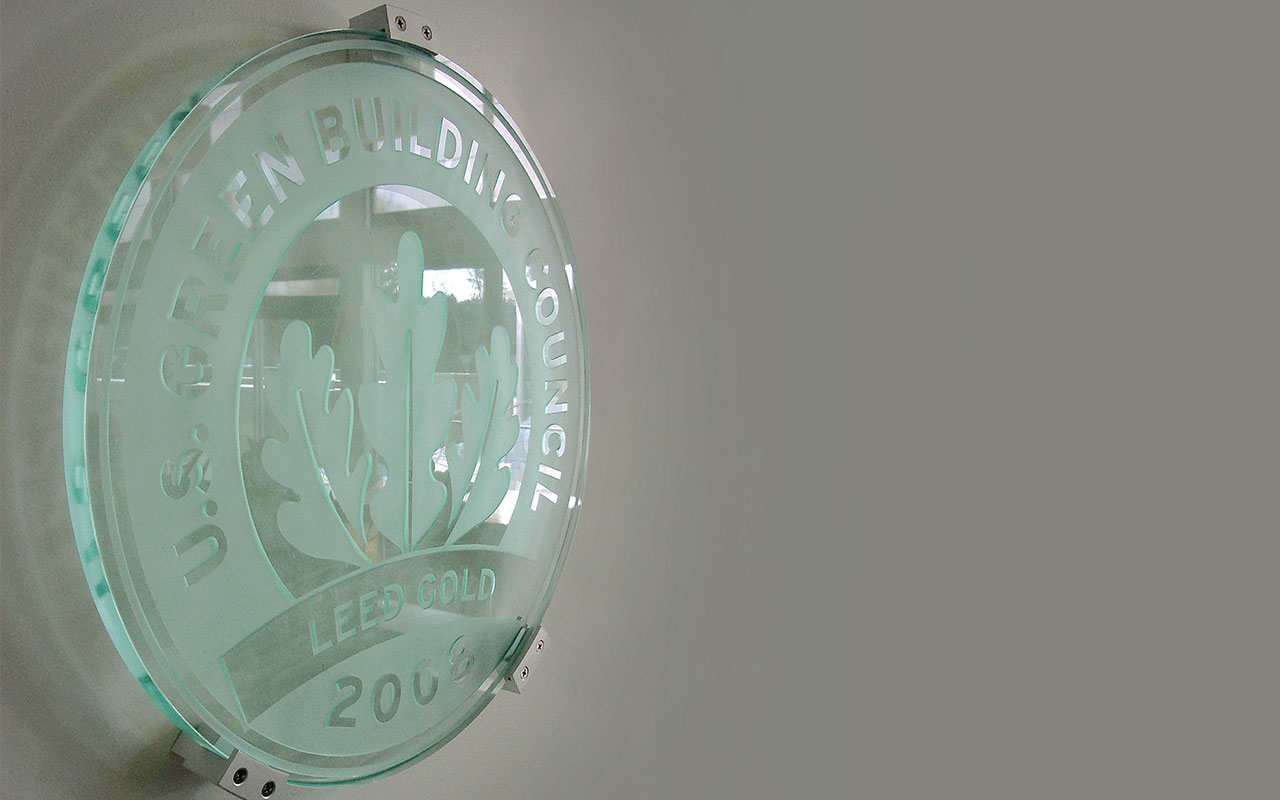Building with LEED in Mind
Share

Appling LEED philosophy to construction
A Short History
In 2000, with the new century, our industry saw the development of a new standard: Leadership in Energy and Environmental Design (LEED). This environmentally friendly procedure for constructing buildings has since taken the market by storm. According to the U.S. Green Building Council, “LEED has grown to become the world’s most widely used green building rating system, with nearly 80,000 projects participating in LEED across 162 countries, including more than 32,500 certified commercial projects.” The numbers clearly show that developers across the world take LEED Certifications on their projects seriously and the general contractor plays a crucial role in this process.
The Need for Detailed Plans
In a perfect world, the plans and specifications for a project would include all the details required for the LEED Certification prior to work starting. Many of us in the industry know this is not always the case, because there are often details left out in plans that are required to get LEED Certification. There is a certain level of care and coordination that the builder must take with the project as it is planned, and in turn, as it is built.
How it Works
A typical process involves the LEED consultant meeting and dispersing paperwork to the project team early in the construction phase. While there’s a lot of valuable information supplied and shared, many times it either falls through the cracks or is lost in translation. “Old School” builders and foreman (who have been in the business for years) are not always willing and accepting of the very detailed requirements that LEED projects require. For this reason, it is helpful for field management to stay in constant communication with the consultant through every phase of the project.
The Importance of Communication
Completing a LEED Certified project takes constant communication between the consultant, the general contractor, and the trades. Far too often, the project supervisors and tradesmen in the field find themselves caught in between a rock and a hard place, also known as a set of plans and a consultant. This allows detailed mistakes to be made that can have unlimited dollar amounts for repairs, or even worse, keep a project from being certified. Simple weekly phone calls to discuss upcoming items on the schedule and what is expected will be enough to keep a project on track. Each week, during the course of trade meetings, these details should be specifically explained and confirmed by the project supervisor.
The Experience from a PM’s Perspective
We’ve experienced projects properly managed from a LEED standpoint, and some that were not given enough attention. On one of our recently completed projects in New Jersey, we were faced with challenges coordinating LEED requirements with what was actually included in the plans. There were a few minor details in the plans that were caught early on, due to proper communications and planning ahead, before the task was completed. For example, before our electrical rough-ins got going we had a phone discussion to review the expected requirements. As we were going through the list, it was discovered that the bath exhaust fans were to be wired to the light switch. In order to reach our LEED certification, the bath fans were required to run on constant power. This was immediately revised in the plans, savings costs on rework. In this case, a handful of these minor occurrences on this particular project could have easily snowballed into a very expensive issue. The field personnel handled the discrepancies properly by liaising between the consultant and the foremen, and doing so consistently on a weekly basis.
The success or failure of a project achieving its certification is essentially no different than a project passing construction inspections: if it is given the proper devotion by the management in the field, and everyone works as a team, then you will have success. Over the years Tocci has prided itself on being up to the task of completing LEED certified projects for it clients. It is easy see and understand the role LEED is playing in affecting the way buildings are being built, in a manner that is more energy efficient and environmentally friendly. It is something that all developers and builders should consider before they construct their next project.